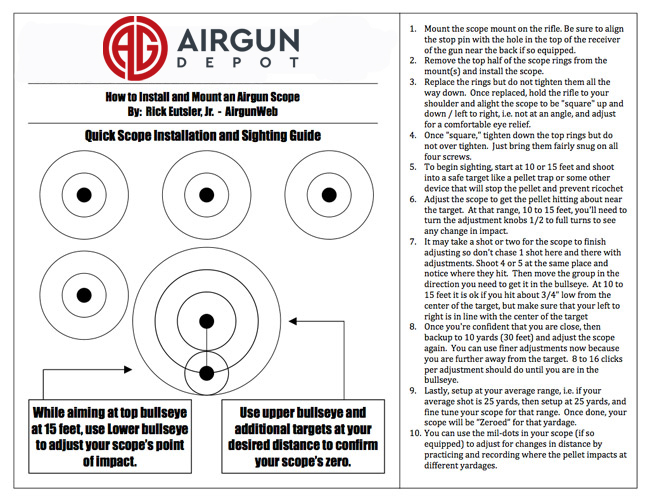In the world of marksmanship, precision is paramount. Rifle shooting targets play a crucial role in developing and honing this skill, providing a tangible and challenging surface upon which to test one’s accuracy and consistency. This guide delves into the intricate world of rifle shooting targets, exploring their types, design elements, materials, printing options, placement, and usage.
Whether you’re a seasoned marksman or just starting your journey into the captivating world of rifle shooting, this comprehensive guide will equip you with the knowledge and understanding necessary to maximize your target practice and enhance your marksmanship abilities.
Rifle Shooting Targets Printable

Rifle shooting is a popular sport that can be enjoyed by people of all ages. It’s a great way to improve your accuracy, precision, and focus. If you’re new to rifle shooting, it’s important to start with a target that is easy to hit. This will help you build confidence and improve your skills. There are many different types of rifle shooting targets available, so you can find one that is perfect for your needs.
Types of Rifle Shooting Targets
There are three main types of rifle shooting targets:
- Paper targets: These are the most common type of rifle shooting target. They are made of paper and come in a variety of sizes and shapes. Paper targets are relatively inexpensive and easy to find.
- Metal targets: These targets are made of metal and are more durable than paper targets. They are also more expensive and can be difficult to find.
- Electronic targets: These targets are made of electronic components and are the most expensive type of rifle shooting target. They are also the most accurate and can be used to track your progress.
Choosing the Right Rifle Shooting Target
The type of rifle shooting target you choose will depend on your needs and budget. If you’re just starting out, a paper target is a good option. As you improve your skills, you may want to upgrade to a metal or electronic target.
Here are some things to consider when choosing a rifle shooting target:
- Size: The size of the target will depend on the distance you are shooting from. A larger target is easier to hit at a longer distance.
- Shape: The shape of the target will also affect how easy it is to hit. A round target is easier to hit than a square target.
- Color: The color of the target can also affect how easy it is to see. A bright color is easier to see than a dark color.
- Price: The price of the target will vary depending on the type of target and the size.
Tips for Using Rifle Shooting Targets
Here are some tips for using rifle shooting targets:
- Start with a small target: As you improve your skills, you can gradually increase the size of the target.
- Use a variety of targets: This will help you improve your accuracy and precision.
- Shoot from different distances: This will help you learn how to compensate for bullet drop.
- Track your progress: Keep a record of your scores so you can see how you are improving.
Rifle shooting is a great way to improve your accuracy, precision, and focus. By following these tips, you can get the most out of your rifle shooting experience.
FAQ Summary
What are the different types of rifle shooting targets?
Rifle shooting targets come in a wide variety, each designed for a specific purpose. Common types include precision targets for accuracy testing, long-range targets for extended distance shooting, and tactical targets that simulate real-world scenarios.
What factors should be considered when choosing a rifle shooting target?
When selecting a rifle shooting target, consider factors such as the intended use, distance, size, and design features. Precision targets require a smaller size and higher visibility, while long-range targets necessitate larger dimensions and clear visibility at extended distances.
What materials are commonly used for printing rifle shooting targets?
Rifle shooting targets can be printed on various materials, including paper, cardstock, and synthetic materials. Paper targets are cost-effective and suitable for indoor use, while cardstock and synthetic targets offer greater durability and resistance to outdoor elements.
How can I ensure accurate target placement?
Proper target placement is crucial for accurate shooting. Ensure the target is placed at the appropriate distance, angle, and with a suitable background to avoid distractions or visual interference.
What is the importance of target maintenance?
Regular target maintenance is essential for safety and accuracy. Replace damaged or worn targets promptly to prevent confusion or misalignment. Additionally, clean targets periodically to remove dirt or debris that may affect visibility or scoring.
